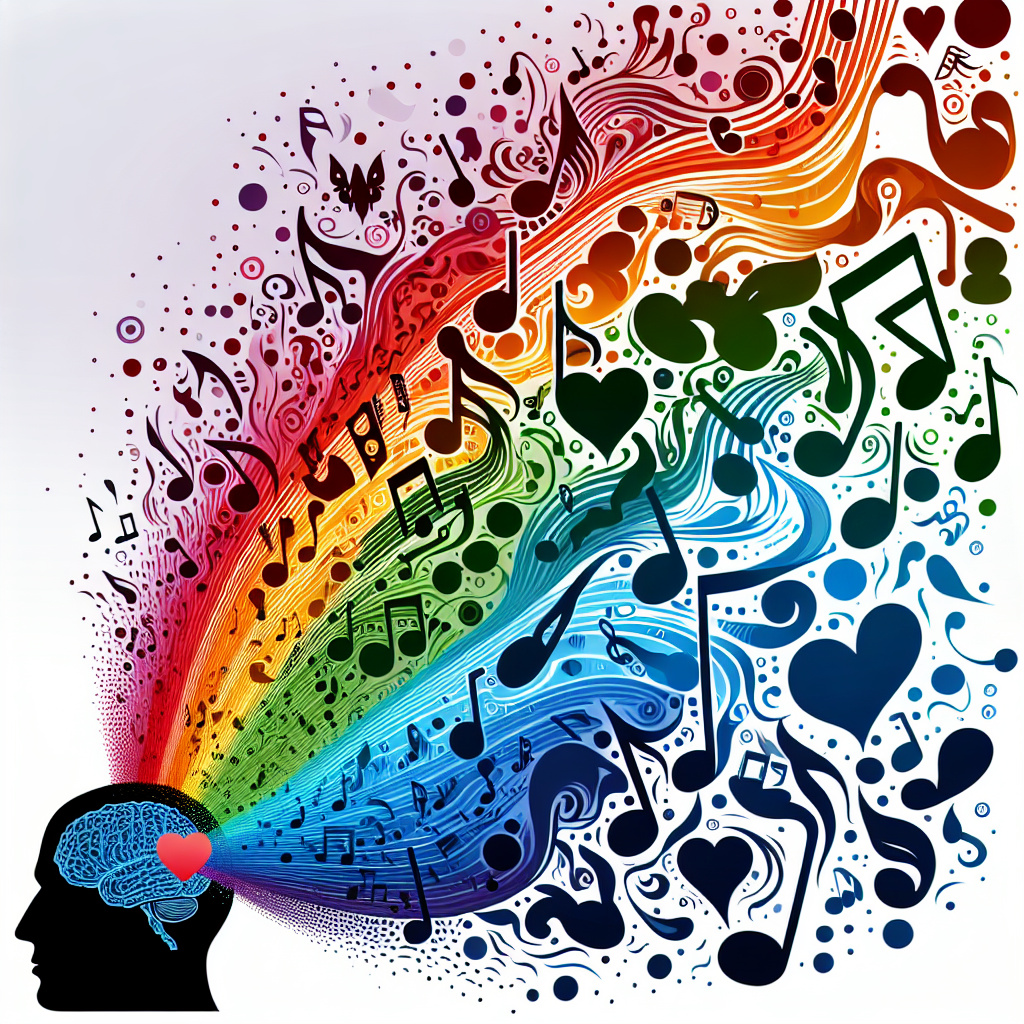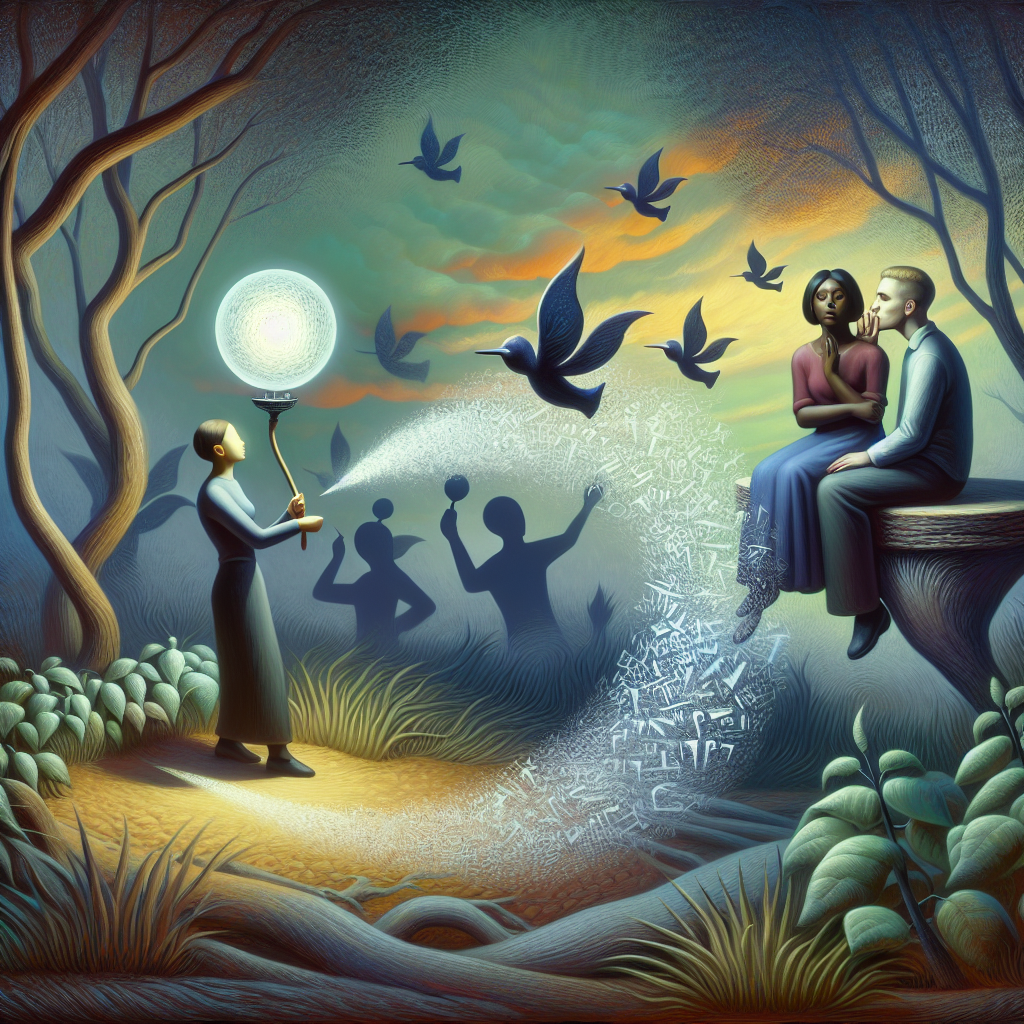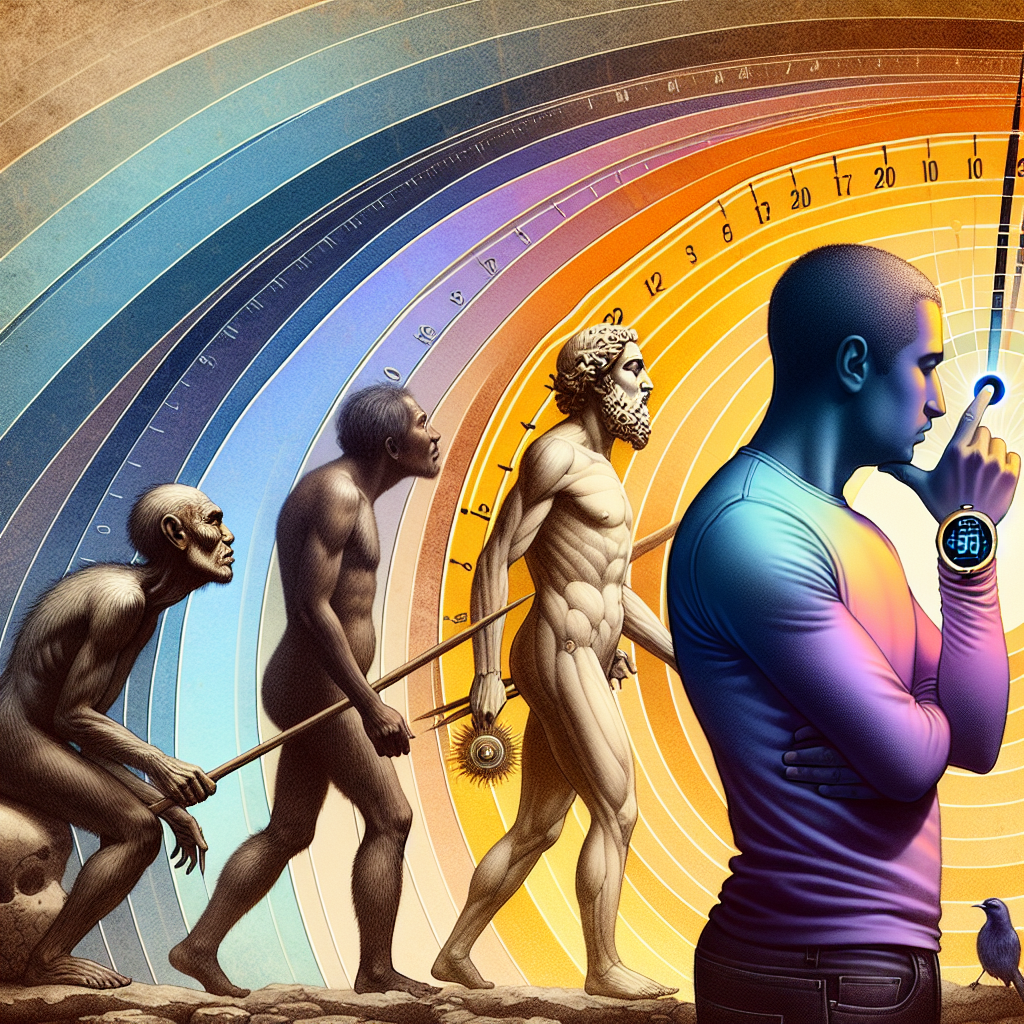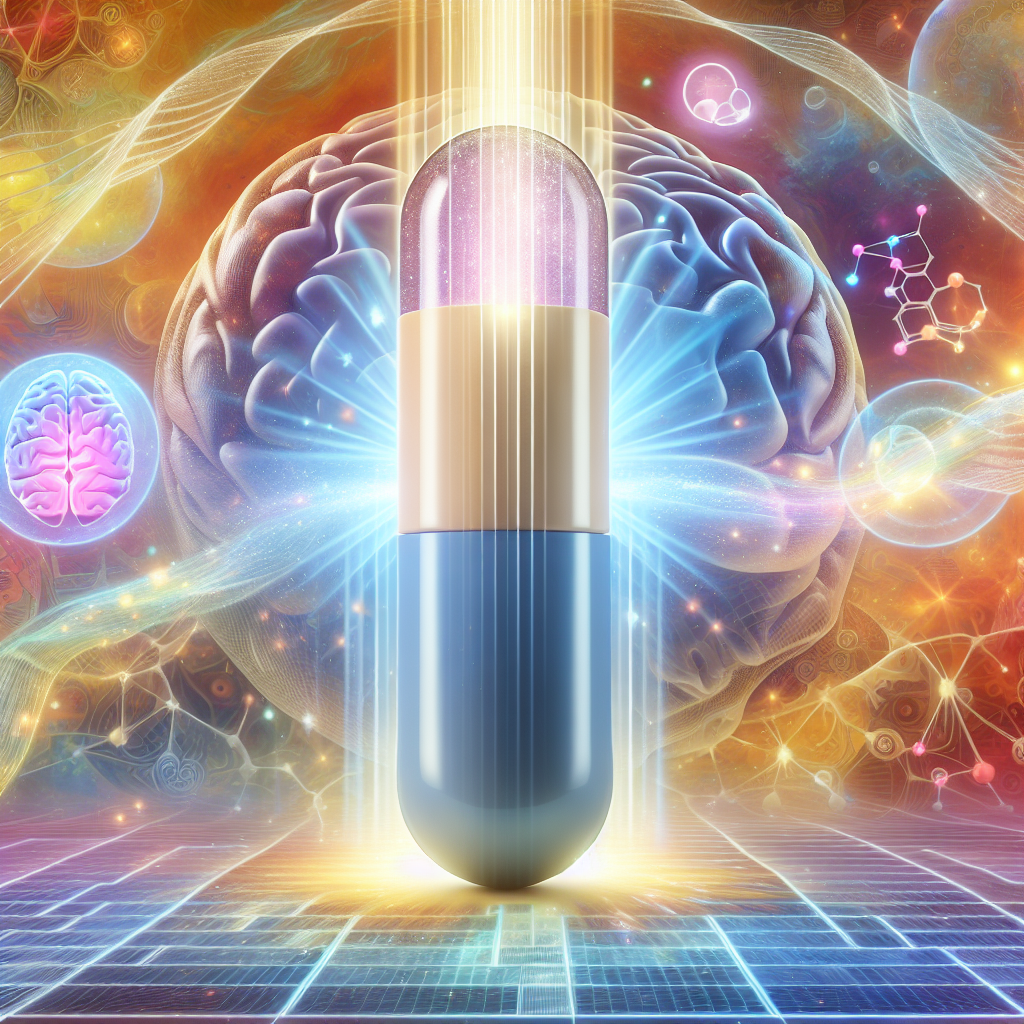There’s a strange comfort in listening to a sad song on repeat after a heartbreak or during a quiet, reflective night. From Adele’s Someone Like You to Billie Eilish’s haunting melodies, sorrowful music can draw millions into shared emotional spaces. But why do humans seek sadness through art, and more specifically, through sound? Why do we willingly press play on the very thing that can make us cry? The answer lies in a complex mix of neuroscience, psychology, and a deep-rooted need for emotional balance.
To start, the human brain doesn’t process music as mere sound—it interprets it as emotion. Studies using brain imaging have shown that sad music activates the same regions involved in empathy and memory, particularly the limbic system and the anterior cingulate cortex. When you listen to a melancholic melody, your brain mirrors the emotional tone, almost as if you’re experiencing another person’s sadness. This is the neural basis of emotional contagion, the reason why music can make us feel something even without lyrics.
But here’s where it gets fascinating: although the brain recognizes the emotion as sadness, it doesn’t interpret it as a real threat. In other words, sad music gives us the feeling of sorrow without the consequences of real pain. That safe simulation allows for what psychologists call emotional catharsis—a cleansing or purging of pent-up emotions. When life feels overwhelming, a sad song can help us release what we’ve been holding back, transforming private pain into something almost beautiful.
There’s also a chemical component to this phenomenon. Listening to emotionally charged music can trigger the release of prolactin, a hormone associated with comfort and consolation. It’s the same hormone that helps soothe us after crying. That’s why people often report feeling calmer or even uplifted after a bout of musical melancholy. Paradoxically, the right sad song can help us feel better, not worse.
On a social level, sad music also serves as a bridge between isolation and connection. When you hear lyrics that echo your heartbreak, it reminds you that others have felt the same pain—and survived it. Neuroscientists suggest this sense of shared emotion activates oxytocin pathways, the same chemical associated with bonding and trust. That’s why heartbreak anthems or mournful symphonies can feel like company during loneliness. They tell us, wordlessly, that we are not alone in our sorrow.
Interestingly, cultural background plays a role in how people experience musical sadness. In Western societies, where happiness is often idolized, listening to sad music can be a form of quiet rebellion—a safe space to feel emotions that daily life discourages. Meanwhile, in some Eastern cultures, sadness in art is not necessarily viewed as negative but as an expression of beauty and depth. The Japanese concept of “mono no aware,” for example, finds bittersweet beauty in impermanence—the same feeling that resonates in a minor chord fading into silence.
And then there’s nostalgia. Many of the songs that make us cry aren’t just sad in tone—they’re tied to personal memories. Music has a unique ability to cue vivid recollections, especially from our teenage years, when the emotional centers of the brain were most active. A simple melody can bring back the scent of an old room, the ache of first love, or the memory of someone long gone. That bittersweet blend of sadness and longing is part of what makes melancholy music irresistible—it allows us to revisit the past without getting lost in it.
So, the next time you find yourself replaying that heart-wrenching ballad, remember: your brain isn’t being masochistic—it’s doing emotional maintenance. Sad songs let us explore the depths of feeling in a safe, structured space, giving shape and sound to emotions we can’t always articulate. In their sadness, we find empathy, relief, and sometimes even peace.
Perhaps that’s the real magic of music—it lets us hurt just enough to heal.




